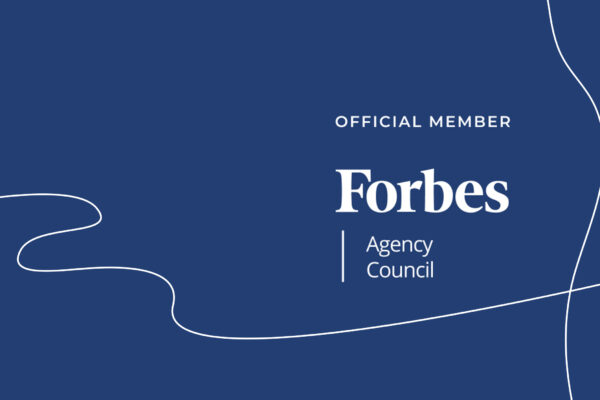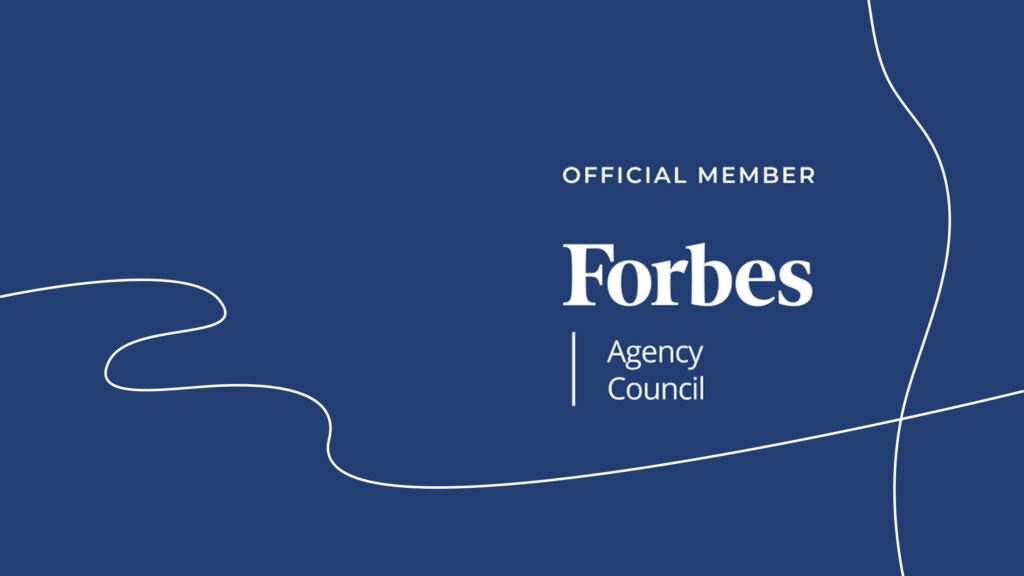As a female founder, I have a special place in my heart for CEOs who happen to be female. In 2019, only 3% of total global venture dollars went to female-only founded companies. Even worse, female founders of color receive less than 1% of capital. Bridging the gap between seed and Series A is a historically strenuous venture for any founder. Even when female founders successfully cross the chasm, they’re doing so with fewer dollars than their male counterparts and are scaling with fewer resources.
That’s absurd.
It can’t be overstated: Female founders, particularly founders of color, face unique challenges, including lack of access to networks, business advice and capital. I recently had the opportunity to mentor 30 female founders through the Female Founder First program created by Techstars and Barclays. These women spanned across geographies and industries, including fintech, health tech, fashion tech, travel tech and other technology industries working together to tackle common challenges and share networks and best practices. My role was to support the founders in refining their messaging and the positioning of their company while exploring the communications hurdles of being a female founder.
Here are five of my key tips:
BUILD YOUR BRAND POSITIONING.
A brand is the sum of all the interactions and perceptions a person has with your company, products, services and employees. How you position your brand is the guiding force that dictates those interactions across every stakeholder group, including customers, investors, the media, influencers and employees.
Brand positioning describes:
• What you do.
• Who you do it for.
• Why and how you do it.
• Why you’re better at it than everyone else.
Avoid fancy, distracting language or lazily capitalizing on the latest trend. Instead, firmly establish your brand’s identity and market position, define the category in which you compete, highlight its differentiation and build a narrative that resonates with your audiences and incites clear action.
With the attention it deserves, your brand positioning will always be there for you, underpinning your marketing and communications content, whether you’re building a new website, speaking with a reporter or distributing an internal memo to your employees.
It should be yours and yours alone. If it’s not unique, you’ll never be able to stand out.
ENGAGE WITH MEDIA TO KEEP YOUR FINGER ON THE PULSE OF THE INDUSTRY
A common question we get from early-stage founders is how to build relationships with target media. Once you establish the publications you would most like to appear in, take your research one layer deeper. Find a reporter who regularly writes about your industry and consider if his or her past writing is relevant to your company. If the answer is yes, reach out with a brief personal note introducing yourself and your company.
Remember, reporters are people, too — people who get hundreds of emails daily. If you don’t receive a response, don’t worry. Media relationships take time to foster and grow. Keep the reporter updated on your company’s news and follow his or her reporting for regular industry updates.
Pro tip: Follow your top 10-15 target reporters on Twitter. Get to know them through their typically more personal tweets and daily activities. The more you understand a reporter’s beat, the better your pitch and the better your chances of receiving a thoughtful response.
EMBRACE MEDIA TRAINING TO FLOURISH AS A COMMUNICATOR
According to research, male founders are typically asked promotion-focused questions about achievements, ideals, sales, growth and vision. In contrast, female founders tend to be asked prevention-focused questions about safety, loss, stability and retention. These questions can have a significant financial impact — entrepreneurs asked mostly prevention questions received about seven times less than entrepreneurs who were asked mainly promotion-focused questions.
One of the most important media training techniques is bridging: acknowledging the question then deftly shifting to the answer you want to give — a response that underscores your business’s unique value to the market.
Here are six bridging statements that will help you transform prevention-focused questions into promotion-focused answers:
– What’s most important is…
– Let me give you some background information…
– Let’s take a closer look at…
– Another thing to remember is…
– Now that you’ve covered _______, let’s move on to _______.
– While ________ is certainly important, don’t forget that _______.
For example, if asked, “How long will it take to break even?” answer the question, then use your bridge to elaborate with, “What’s most important is the strategy I’m going to use to monetize my business.”
Being media trained helps you tackle any questions that VCs, employees or partners throw your way and builds an executive presence that reflects your brand positioning.
LEVERAGE PARTNERSHIP NEWS
We’re often asked how to leverage a partner announcement, particularly when that partner is the goliath in the relationship. Remember, no matter what: Do not sacrifice your brand and its positioning. In the past, we’ve seen large companies attempt to change positioning language to better fit a major partner’s narrative. Do not budge. You worked hard on your positioning, and it’s reflective of your brand.
The announcement development process should then be collaborative between your team and the partner’s marketing or executive team. Cross-team media relations can be an extremely fruitful effort for both parties. Be sure to align on goals and engagement efforts upfront. Ask how the announcement fits into their media relations strategy and strive to understand which outlets they’re reaching out to. Be ready to share that same information.
Keep partnership news alive in your media outreach. Big-name partnerships add credibility to your brand.
NETWORK AND PULL OTHERS UP BEHIND YOU
Picture this: You’ve just closed a successful Series C, you have a strong revenue stream and you’re regularly featured in your dream publications. What are you doing to help other female founders get to where you are?
One of the biggest hurdles female founders face is a lack of access to business networks. Creating opportunities and facilitating connections for other female founders breaks down barriers and establishes access for generations to come, building a future where entrepreneurs are simply “founders” — without the gendered qualifier.






